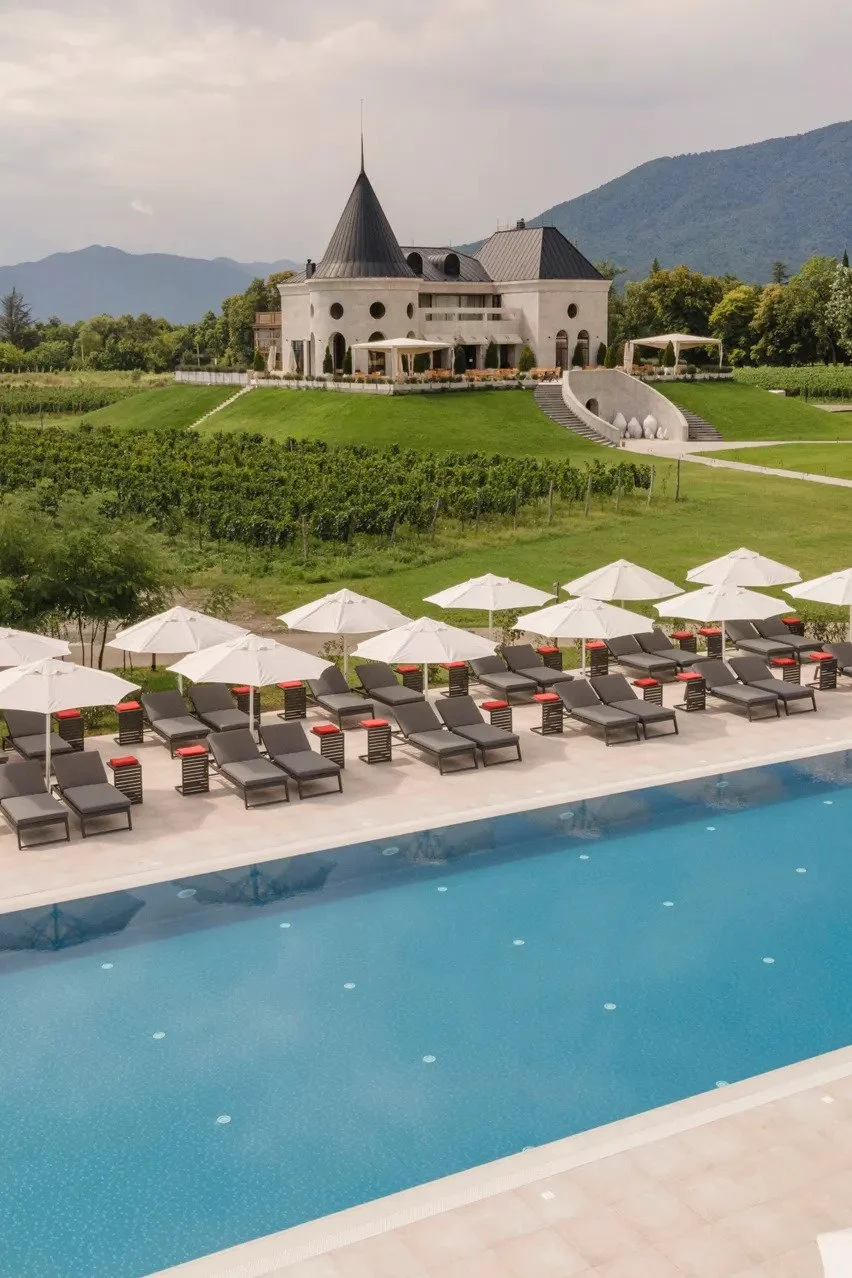Family Style: The Blueprint
Clothing, objects, and furniture are the building blocks with which Omar Nobil envisions worlds of intrigue. It’s a necessary cocktail to shake things up at Design Within Reach, where the future is as holistic as ever.
Omar Nobil grew up in a Georgian townhouse in London,in a lively Pakistani family who loved to entertain. “It was a mix of very traditional English and Pakistani elements,” he recalls. “But there were some real ’70s features like floor-to-ceiling green velvet curtains mixed in with Persian rugs.” Those memories are a far cry from the gleaming paeans to mid-century Modernism that make up the flagship stores of Design Within Reach (DWR), where Nobil is now vice president and creative director. The furniture retailer was founded by Rob Forbes in 1998 with the aim of making high-end design—from the likes of Le Corbusier, Ludwig Mies van der Rohe, Charles and Ray Eames, and Isamu Noguchi—accessible (though, despite the name, not necessarily affordable) to the masses.
Nobil arrived at the company in October 2022 following a nearly 20-year career in the fashion industry. After earning a master’s degree in womenswear design at Central Saint Martins in London, he returned to New York in 2005 to work first at Abercrombie & Fitch and then as head of women’s design at Banana Republic. His career pivot came after he quit the Gap Inc.-owned brand in the spring of 2021 to work with his interior-designer fiancé, Erika Stahlman, on a personal project: concepting a $12 million, 3,200-squarefoot, Brutalist-style cylindrical concrete three-bedroom home in Joshua Tree. It has a mineral water pool and walk-in wardrobe closet stocked with outfits custom-designed by Nobil. “That was such a fulfilling and joyful experience,” he recalls. “I hadn’t felt so creatively liberated since my master’s collection.”
The ambitious project sparked headlines across the design world, and brought MillerKnoll, DWR’s owner, to his door. “I was cautious of the fact that people in the architectural space may not take fashion as seriously,” admits Nobil of his entry into the design world. “So I was very trepidatious of how I would be perceived. I have to say, I was very delighted with the response from the industry at large, which has been warm and welcoming.” Since taking the reins of the storied brand, Nobil has been applying his out-of-the-box thinking to push DWR into the 2020s. For one, he wants to make each store visit as much of an immersive experience as possible, as embodied by the recent launch of a 15,000-square-foot flagship in San Francisco’s Potrero Hill neighborhood, complete with rotating installations in a gallery space and a “Case Study Apartment.” (Taking this even further, this spring DWR launched a rental property in the desert.) Collaboration is also key: He’s recruited talent, like photographer Adrian Gaut, to work on a revamped version of the brand’s printed quarterly and, nodding back to his past lives, he’s partnered with Paul Smith on an exclusive range of indoor and outdoor pieces in the designer’s signature fabrics. “We seek out people whose design ethos aligns with ours,” says Nobil. “They just have to be original thinkers who love and respect the craft.”
It’s no surprise that Nobil’s thoughtful, considered approach to curating can be seen as well in the house in Stamford, Connecticut that he shares with Stahlman. Minimal in décor though it may be, it’s full of books and records from his childhood home. Certain iconic design pieces, such as the LC2 armchair from Le Corbusier and Eames Soft Pad chairs, are also part of his personal history. “I’m an essentialist,” says Nobil. “It’s important to bring beauty and function into my home. I like getting these pieces and then building a story about myself around it.”





